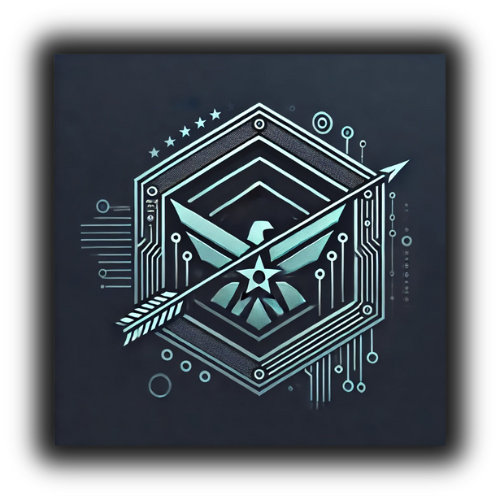The past few decades have seen considerable advancements in artificial intelligence (AI), with applications ranging from customized medicine to self-driving cars. In the discipline of zoology, particularly in conservation initiatives, AI has the potential to have a big impact. Researchers and conservationists can better comprehend and defend the different ecosystems and animals that inhabit them by fusing the knowledge of zoologists with the power of AI.
The enormous amount of data that needs to be gathered, examined, and comprehended represents one of the main difficulties in zoology and conservation. Information on species populations, distribution, behavior, and habitat are included, as well as details on potential threats to their survival such as climate change, habitat loss, and human activities. Field observations, camera traps, and other techniques have historically been used to gather this data, but these techniques can be labor-intensive, time-consuming, and prone to human error.
By automating data gathering and analysis, AI has the ability to transform this process and free up researchers to concentrate on more difficult tasks and decision-making. Drones equipped with artificial intelligence (AI) can be used, for instance, to monitor vast tracts of land, taking high-resolution pictures that can be examined to recognize and track particular species, their activities, and their habitats. This can give important insights into animal population dynamics, migration patterns, and other behavioral facets important to conservation efforts.
Large datasets, such those produced by camera traps, can be analyzed using machine learning algorithms to spot patterns and trends that may not be immediately obvious to human observers. In order to establish focused conservation strategies to address these problems, researchers can use this information to better understand the processes causing changes in species populations.
Identification of new species is another area where AI may significantly benefit zoology and conservation. The effort of cataloging and comprehending the planet’s biodiversity is enormous given that an estimated 80% of the world’s species have not yet been identified. In order to identify previously undiscovered species and gain a better understanding of their distribution and habitat requirements, researchers can utilize AI-powered image recognition software to examine images and other visual data.
AI can be used to involve the public in conservation efforts in addition to assisting scientists and environmentalists in understanding the natural world. Projects involving citizen science, such as those that gather and analyze data on species distribution and populations, can be considerably improved by AI technologies that make it simpler for non-experts to participate in the scientific process. This could encourage a sense of responsibility among the general public and increase public understanding of conservation-related concerns.
Despite the potential advantages of AI for zoology and conservation, there are also difficulties and ethical issues that need to be taken into account. For instance, the deployment of drones with AI power and other surveillance technology poses issues with privacy as well as possible effects on animal behavior. Furthermore, the use of AI for data analysis may reduce the need for human expertise, which could result in the loss of important information and abilities.

